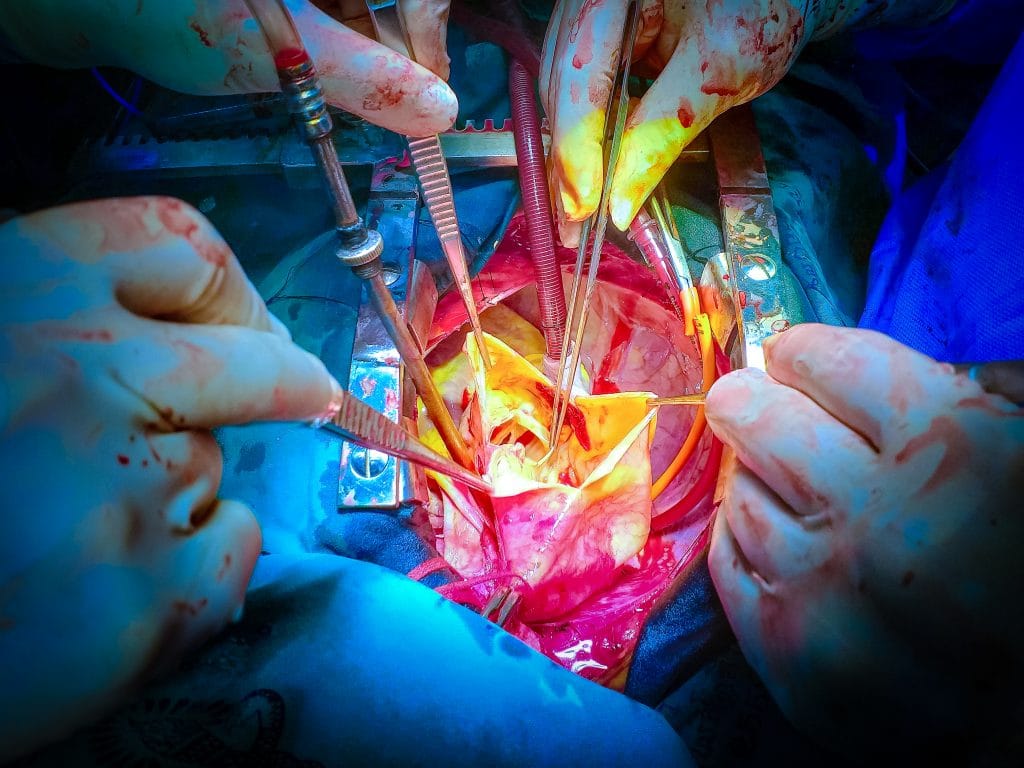Direct 3D Bioprinting of Cardiac Micro-Tissues Mimicking Native Myocardium

The heart possesses a complex three-dimensional (3D) laminar myofiber organization; however, because engineering physiologically relevant 3D tissues remains a technical challenge, the effects of cardiomyocyte alignment on excitation-contraction coupling, shortening and force development have not been systematically studied. Cellular shape and orientations in 3D can be controlled by engineering scaffold microstructures and encapsulating cells near these geometric cues. Here, we show that a novel method of cell encapsulation in 3D methacrylated gelatin (GelMA) scaffolds patterned via Microscale Continuous Optical Printing (μCOP) can rapidly micropattern neonatal mouse ventricular cardiomyocytes (NMVCMs) in photocrosslinkable hydrogels. Encapsulated cardiomyocytes preferentially align with the engineered microarchitecture and can display morphology and myofibril alignment phenotypic of myocardium in vivo. Utilizing the μCOP system, an asymmetric, multi-material, cantilever-based scaffold was directly printed, so that the force produced by the microtissue was transmitted onto a single deformable pillar. Aligned 3D encapsulated NMVCM scaffolds produced nearly 2 times the force compared to aligned 2D seeded samples. To further highlight the flexibility of μCOP, NMVCMs were encapsulated in several patterns to compare the effects of varying degrees of alignment on tissue displacement and synchronicity. Well aligned myofiber cultured patterns generated 4–10 times the contractile force of less anisotropically patterned constructs. Finally, normalized fluo-4 fluorescence of NMVCM-encapsulated structures showed characteristic calcium transient waveforms that increased in magnitude and rate of decline during treatment with 100 nM isoproterenol. This novel instrumented 3D cardiac microtissue serves as a physiologically relevant in vitro model system with great potential for use in cardiac disease modeling and drug screening.
